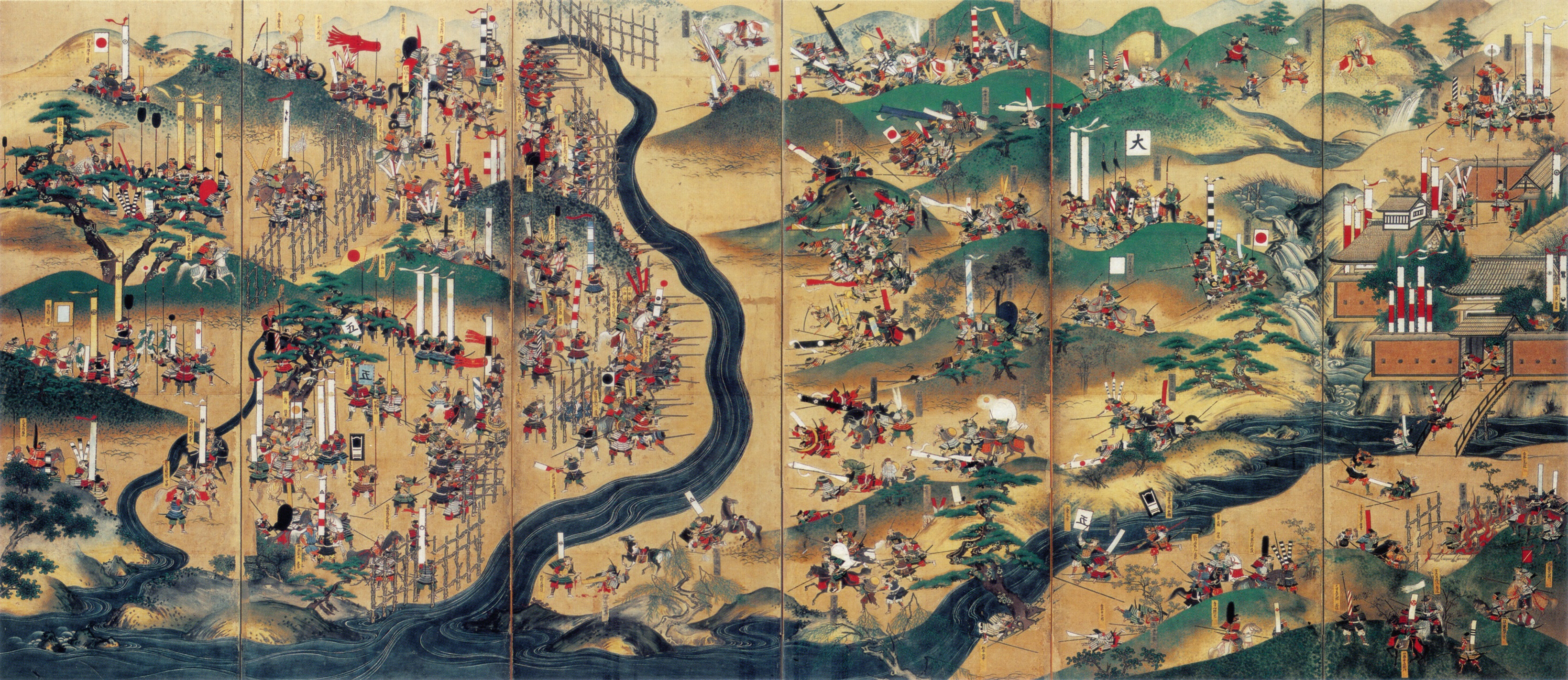Triumph at Nagashino, Disaster at Tedorigawa






Oda Nobunaga seized absolute power in the capital in 1573, but he still had many enemies to contend with in Kansai and beyond.
Beleaguered and surrounded by enemies, Oda Nobunaga nearly fell into a deadly trap while seeking battle against the Asakura Clan of northern Omi Province. Then the Takeda Clan started stabbing westward, seeking to liberate the shogun from the grasp of Nobunaga. The drama would end, however, with Yoshiaki’s removal and subsequent exile from Kyoto, thus marking the end of the Ashikaga Shogunate.
After conquering Mino Province, Oda Nobunaga needed to not only carve a path to the capital itself, but extend his control over a broad section of the Kansai region.


Oda Nobuhide, the famous “Tiger of Owari,” passed away unexpectedly in 1551, leaving his branch of the Oda Clan in the hands of his son, a rude young man with little sense of propriety or politics called “The Fool of Owari.” Throughout the 1550s, however, Nobunaga would consolidate his rule over the province and even defend it from a terrifying invasion.
Rival daimyo holding long-term grudges and engaging in massive feuds was a common feature of Sengoku Jidai, but there were two daimyo in particular whose rivalry would become the stuff of legend.
The continuing adventures of the ambitious Miyoshi Clan leaders led to a series of destructive conflicts throughout Kansai that eventually left the remnant of the Bakufu wholly dependent upon powerful daimyo to prop up their withering government.
In spite of suffering through the occasional violent coup, cruel tyrant, and political purge, the Joseon Dynasty showed real staying power throughout the 14- and 1500s and would even manage some impressive national accomplishments.
The Ming Dynasty approached its peak, before rapidly declining due to corruption, graft, and a gradual decline in the quality of its burueacucrats.
Recent Comments